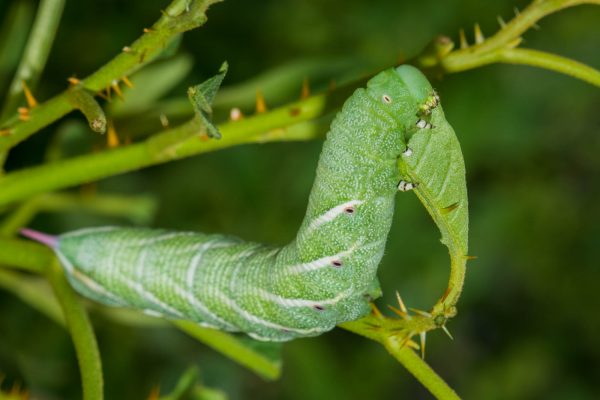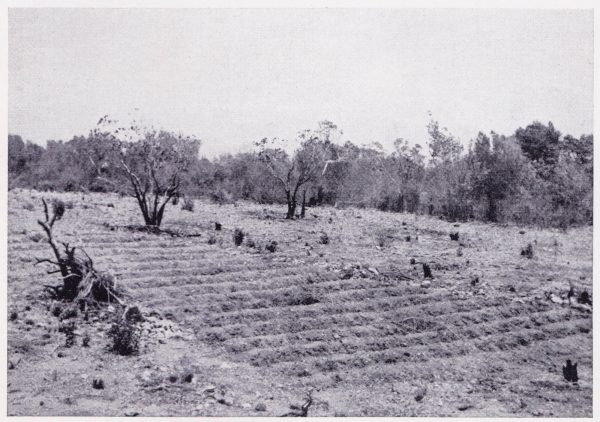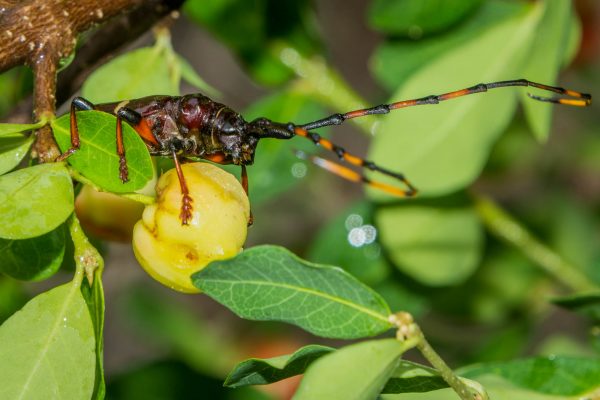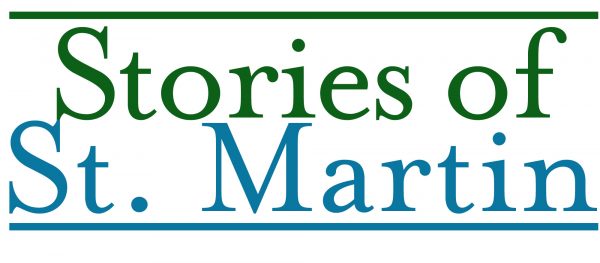
The story of St. Martin is made of many things, and agriculture is a big part of it. A written history of the island would surely reference tobacco, cotton, coffee and sugar. But the crops grown for local consumption were probably more important to the everyday lives of the people who lived here.
The Les Fruits de Mer association has been working on several plant projects at Amuseum Naturalis at The Old House. There is a native plants nursery raising native tree seedlings for backyards plantings and restoration of wild spaces. There is a bush tea and bush medicine garden. We have also planted some traditional foods. Even the local wildlife has joined in: birds have planted guinea corn by dropping seeds from the bird feeders.
Over the past year, these projects have provided a window into the challenges of agriculture on St. Martin. I can imagine working very hard and being very hungry. 2018 began with month after month of dry weather, lasting through the summer. A few plants did well, but most struggled.

Wild plants were not much better off. Many lost their leaves to conserve water. The landscape was dry and dusty. This sent desperate iguanas into the garden to eat any greenery that survived.
Fall rains brought a quick transformation. Plants were sprouting everywhere. Vegetables, herbs and tree seedlings were finally thriving. But grasses and weeds were also. Gardens became a chaos of new life and it was hard to keep up.
Hard for a person, at least. Nature maintains her own balance. In this case, she sent in wave after wave of caterpillar, and a few grasshoppers for good measure. For every plant there was an insect ready to eat it. But this ecological harmony made few exceptions for vegetables.
Growing a few plants as an educational showcase is surprisingly hard. It makes you think about how difficult this work was. The amount of local knowledge developed over the years must have been vast as well. Generation after generation had learned what to plant where and when. They found ways to safeguard against a crop-destroying drought or storm.

This knowledge and skill influenced many aspects of St. Martin’s culture. Local farming and fishing influenced how people traveled and traded with each other on the island. Crops and their seasonality influenced what recipes became popular and when certain foods were eaten. Lately, interest in sustainable local farming is increasing. How will traditional agricultural knowledge help today’s farming efforts?
Do you have any advice to share about farming or gardening on St. Martin? Tell us by writing in to The Daily Herald or to info@lesfruitsdemer.com.

